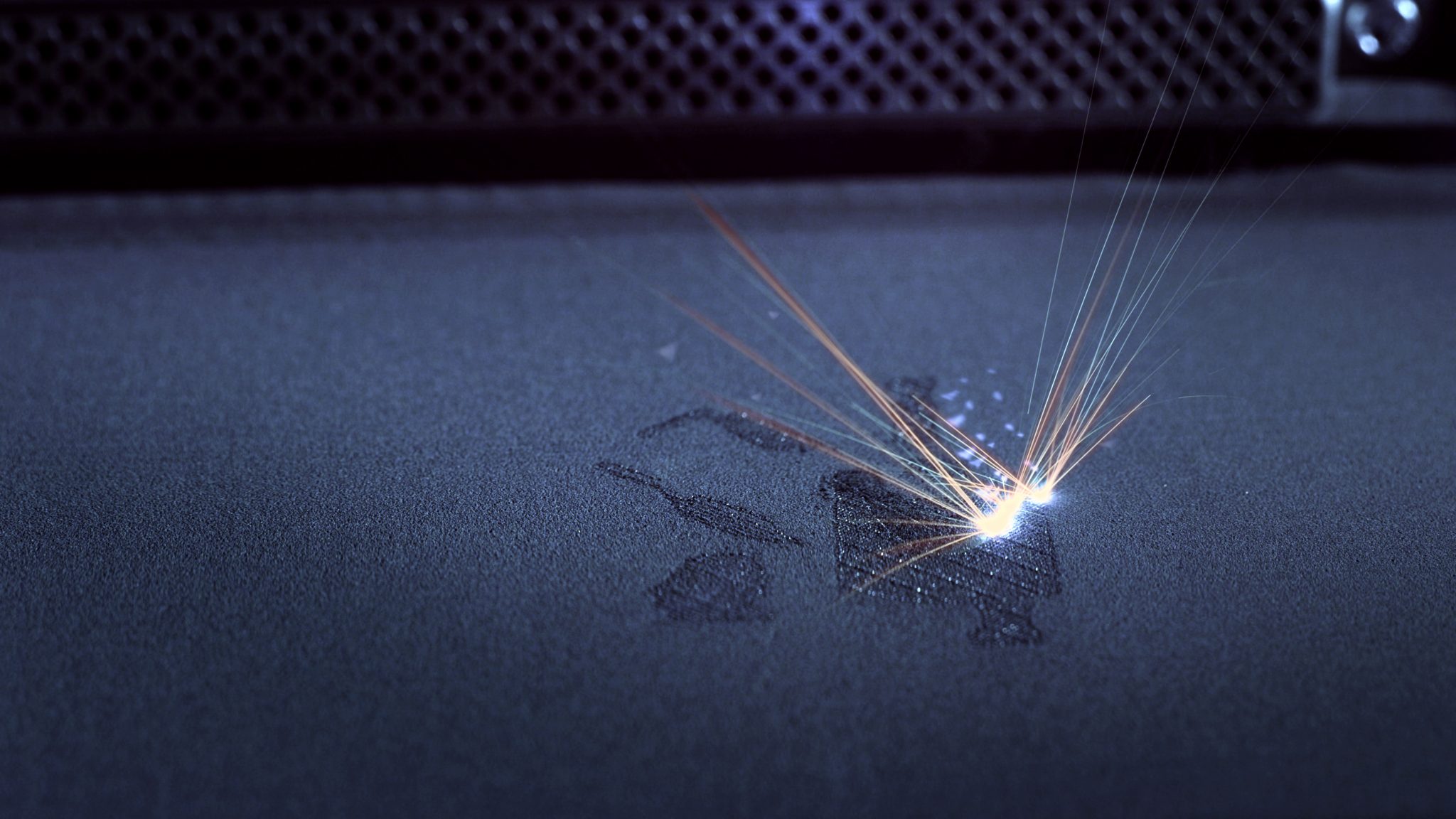Researchers from the Swanson School of Engineering have received over $1 million in combined funding from the U.S. Department of Energy (DoE) and the University of Pittsburgh. The funding is intended to support the development of an effective quality assurance method for the additive manufacturing of new-generation gas turbine components. Lasting three years, Xiayun (Sharon) Zhao, PhD, assistant professor of mechanical engineering and materials science at Pitt, will lead the project.
The DoE, through its University Turbine Systems Research program, awarded a sum of $802,400 to the researchers, and Pitt provided an additional $200,600 (bringing the total grant to $1,003,000). Furthermore, ANSYS, an engineering simulation software company, will serve as an industrial partner in the project, providing further support.
Commenting on the potential impact of the research, Dr. Zhao states:
“The quality assurance framework we are developing will immensely reduce the cost of testing and quality control and enhance confidence in adopting the laser powder bed fusion process to fabricate demanding hot gas path turbine components.”

Developing quality assurance for laser powder bed fusion technology
Alongside Dr. Zhao, the research team comprises of Albert To, associate professor of mechanical engineering and materials science at Pitt, and Richard W. Neu, professor in the Georgia Institute of Technology’s School of Mechanical Engineering.
Using the allocated funding, the research team are looking to establish a cost-effective method of quality assurance for hot gas path turbine components (HGPTCs), that are specifically created with laser powder bed fusion (LPBF) technology. Dr. Zhao explains that the efficient properties of LPBF is an alluring option for developing HGPTCs: “LPBF AM is capable of making complex metal components with reduced cost of material and time.”
“There is a desire to employ the appealing AM technology to fabricate sophisticated HGPTCs that can withstand higher working temperature for next-generation turbines.”
However, there are possible defects that are present within LPBF additive manufactured components that could prove detrimental when implemented within HGPTCs. Therefore, developing the new quality assurance method is a necessary step for the production of next-generation HGPTCs using additive manufacturing. The team will make use of machine learning in order to rapidly evaluate HGPTCs produced using LPBF additive manufacturing.
“Because there’s a possibility that the components will have porous defects and be prone to detrimental thermomechanical fatigue, it’s critical to have a good quality assurance method before putting them to use,” adds Dr. Zhao.

Pushing the limits of additive manufacturing at Swanson School of Engineering
The Swanson School of Engineering at Pitt has developed a reputation for pursuing new ideas in the field of additive manufacturing through extensive research. For example, last year in 2018, scientists at the school proposed the use of 3D printed phantom heads for MRI testing. The aim of the research was to provide a much more realistic alternative to computational modeling, and improve the safety of MRI testing, using 3D printed models.
Thanks to its output of research in additive manufacturing, the Swanson School of Engineering has received various funding to help further support its research efforts. For example, the DoE had previously awarded the school a grant of $1.275 million to support its research into the development of additive manufacturing techniques to make electrical sensors for nuclear turbines. Furthermore, in January 2019, the school received a $57,529 grant to research the use of tungsten carbide in additive manufacturing. It was financed by the Commonwealth of Pennsylvania’s Department of Community and Economic Development (DCED) and the first round of the PA Manufacturing Innovation Program (PAMIP).
Subscribe to the 3D Printing Industry newsletter for the latest news in additive manufacturing. You can also keep connected by following us on Twitter and liking us on Facebook.
Looking for a career in additive manufacturing? Visit 3D Printing Jobs for a selection of roles in the industry.
Featured image shows Xiayun Zhao, PhD, (left) and Albert To, PhD. Photo via University of Pittsburgh.

